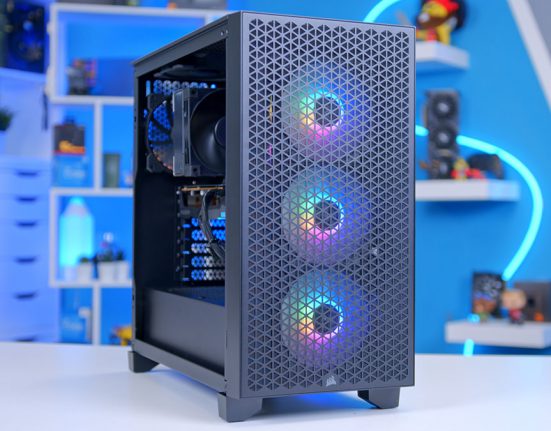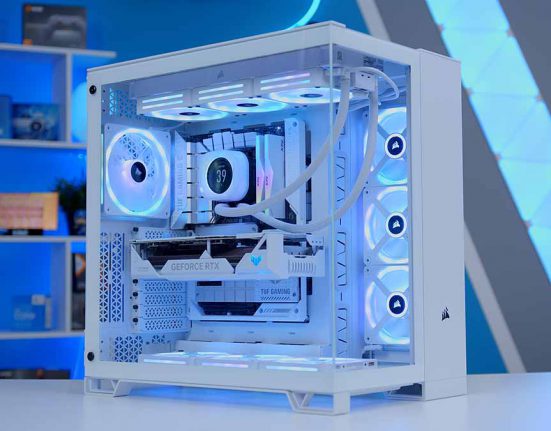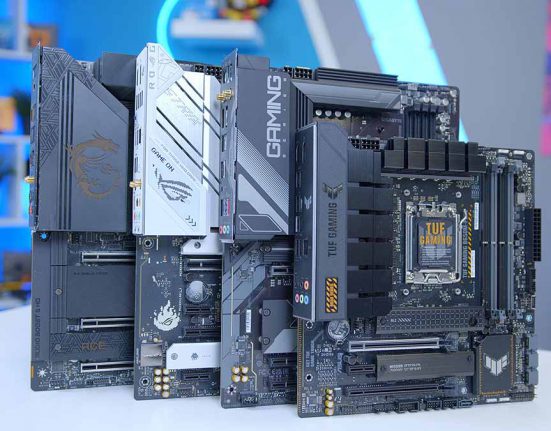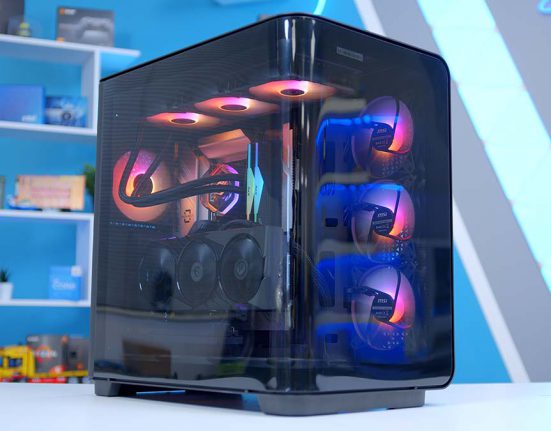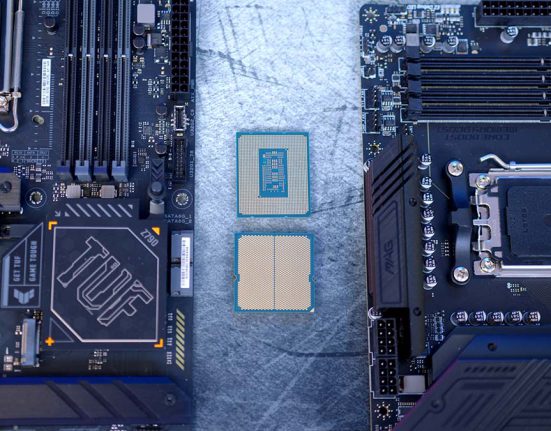The last 5 years have been a turbulent time for PC gamers. The Great Silicon Shortage of 2020 surged the price of modern graphics cards to never before seen levels, with stock and pricing taking more than two years to begin to recover. And while AMD have been quick to discount their graphics cards back down to (near) 2019 levels, NVIDIA has thus far been reluctant to do the same. The RTX 4080, for example, commands an MSRP of $1299, a whopping $600 more than the RTX 3080 it directly replaced and more than the RTX 2080 that came before that.
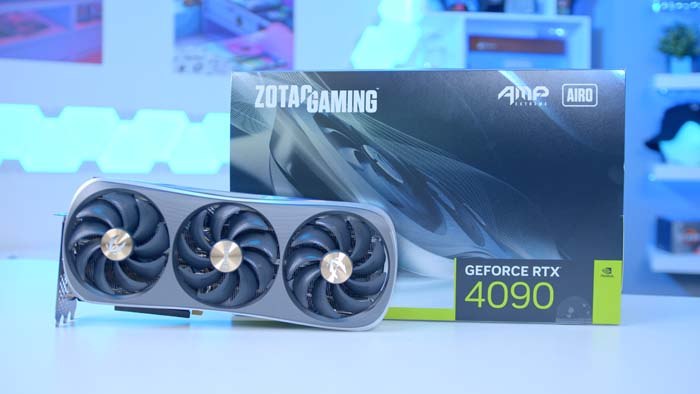

And just when you thought things were really improving, generative AI, which requires huge amounts of GPU horsepower on the back-end, is sweeping the world, and with it swallowing up huge swathes of silicon. This makes the incentive for NVIDIA in particular to produce compelling and competitively priced gaming GPUs virtually nil. In fact, NVIDIA’s last set of financial results were buoyed so heavily by AI sales, that operating income surged by a whopping 1200% and net income by a staggering 840%, propelling the share price to an all time high.
That has made AMD’s progress in gaming GPUs look incredibly impressive by comparison, something which we’d agree with when looking at cards like the RX 7900 XT and RX 7800 XT, but less so when focusing on their more budget friendly releases, most notably the RX 7600 and RX 7700 XT which each released not too long ago. And there is a pattern which starts to emerge here: neither AMD nor NVIDIA seem particularly bothered by the budget-end of the GPU market. Something which is a huge shame when you consider AMD’s once-held dominance here, and NVIDIA’s success with cards like the GTX 1660 and 1660 Super in years gone by. And it isn’t as though APUs have accelerated in capability to fill this gap, either. There simply is no replacement for a dedicated graphics card, and likely won’t be for some time.

NVIDIA will claim that their GeForce Now game streaming platform, an affordable solution that allows you to stream games using a using a segmented portion of gaming horsepower in an NVIDIA datacenter somewhere, is the solution for those keeping a lid on costs, I would disagree. While an impressive advancement in technology most certainly, I think budget gamers want the pride in owning and building their own system, and the certainty of costs that won’t tie them to an endless subscription model. I recently tried the latest iteration of GeForce Now at Gamescom 2023.
I could personally notice a tangible difference between two systems running Fortnite at 1080p. This was not only apparent in latency, something which can no doubt be contributed to high-latency exhibition internet lines, but also to the visual fidelity of the game. It just didn’t ‘feel’ like the Fortnite I once knew and loved, and NVIDIA’s blind side-by-side test left me longing for the custom build system every time – no matter how budget it might have been.
And that’s where Intel comes in, and pretty notably so. The new Intel ARC A580 commands an MSRP of just $180, $40 lower than the going rate for a near two year old RTX 3050 and less than AMD’s even older RX 6600. Aimed squarely at the 1080p gamer on a budget, the ARC A580 shows promise with 3x the Ray Tracing power of the cheaper A380, and 8GB of VRAM – certainly sufficient for cranking up textures in your favourite title at 1080p. It provides this fairly generous amount of memory on a wider memory bus than the competition, delivering more than double the memory bandwidth of it’s RTX 3050 and RX 6600 competition.
What’s more, in gaming benchmarks the ARC A580 seems to hold up OK. As seen in previous ARC releases, results are more unpredictable than like for like NVIDIA and AMD cards, due to hardware and software optimisations.
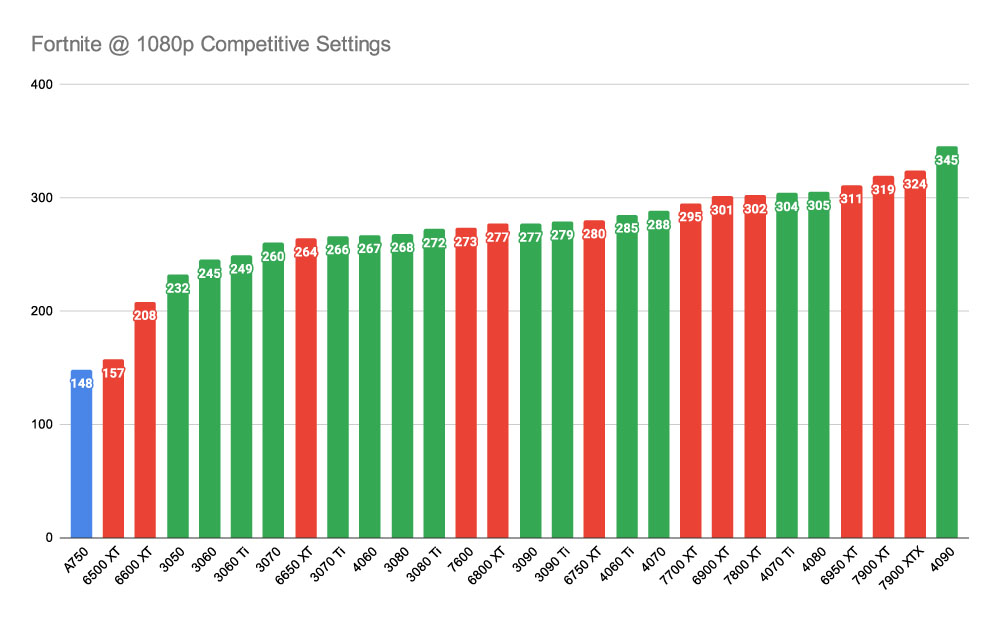
Intel clearly still has a long way to go when it comes to driver and in-game optimisations, and this article is no advertisement for your immediate purchase of the ARC A580 – instead, recognition that a manufacturer wants to compete in the budget segment of the market, and where one goes… the rest (hopefully) follow. That’s not to say I expect NVIDIA to come blazing out the doors with a next-gen RTX 4050 card, in fact I think that happening is extraordinarily unlikely. But it might at least prompt AMD to reconsider their stance in the budget segment of the market, especially if the A580 begins to erode at sales of the RX 6600, the card many have donned to be the top budget option for the last few years.
If nothing else though, it shows Intel are willing to compete in the budget segment. And all we need is for one manufacturer to make one decent entry-level card to open up the playing field for budget PC builders. And with wallets stretched further than ever, in the wake of a global cost of living crisis that just won’t seem to shake, a good, budget graphics card prospect can only be something to be celebrated.




